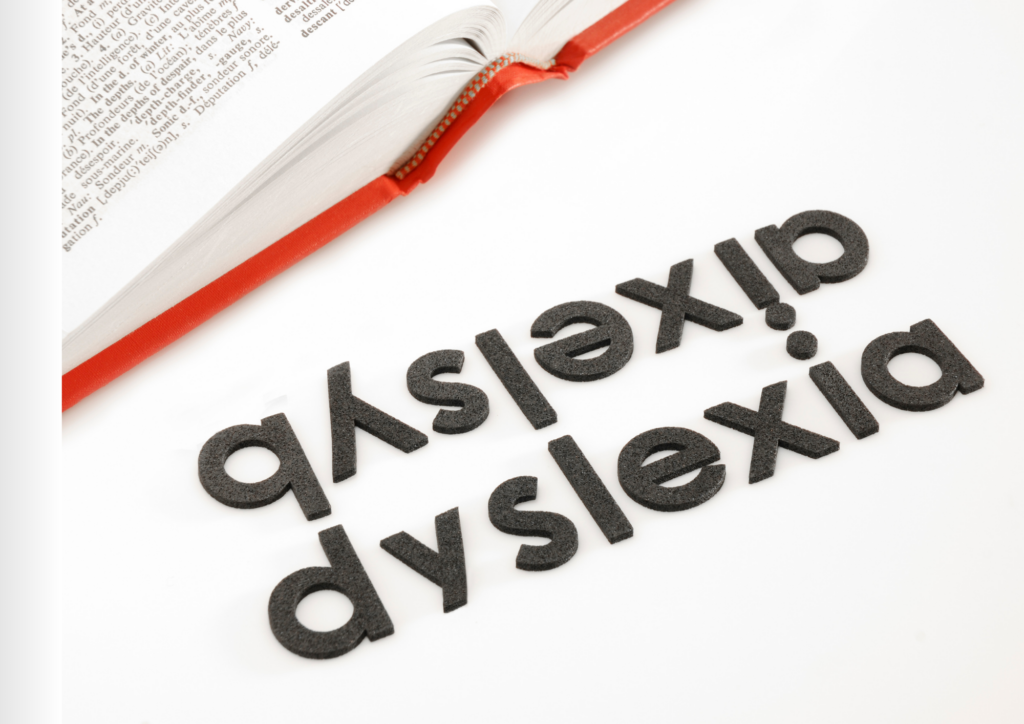
Introduction
Independent Learning for Dyslexia is empowering approach to learning redefines the conventional educational trajectory for students with reading disabilities. Give students tools for independent learning for dyslexia to build confidence, independence, and overcome barriers in education.
Concept of Independent Learning for People Who Have Dyslexia
Its a term that actually involves much, much more than allowing students to work independently.
Real independence means giving students with dyslexia resources and strategies to guide, show, and direct their own learning.
The Advantages of Encouraging Independence
One of the main reasons people look for aids for independent learning are the devastating effects on self-esteem.
The self-confidence of students is enhanced when they are able to read, write, and study with tools that are tailored to their own individual needs.
#LD #Dyslexia The Best Assistive Technology Tools for Independent Learning Here!
Text-to-Speech (TTS) Software
The use of TTS in these reading environments allows students to access content events their reading ability, as TTS software reads the text aloud.
Using technologyprograms such as NaturalReader, Kurzweil 3000 or those phone appseveloped by Apple (speaking technology)
text can be read aloud from the computer screentD, mp3 player or ipad allowing students to digest information through the aural channel.
By then turning written words into spoken word content creation tools, they can unlock access to content in a way that enables self-directed learning for dyslexia.
Tools to Convert Spoken Language into Written Text (also known as Speech‐to‐Text or Dictation)
Another breakthrough technology is speech to text. This isn’t just to avoid the vagaries of spelling and handwriting, but to make easier for dyslexia.
Audiobooks and Libraries for the Blind
A grade-level audio-content through listening device (such as Learning Ally or Bookshare).
Teachers can assign independent learning for dyslexia, letting students process information at their own pace without needing to read.
Apps That Help With Mind Mapping / Graphic Organizers
There are tools like MindMeister, Inspiration Maps, and the like that students use for visually organizing their ideas. These are tools that can support , provide the support students need to plan writing, grasp complex subject matter, and prepare for tests.
Word Prediction Software
Programs like Co:Writer and Ghotit provide contextual word suggestions as students type, which lowers writer anxiety and promotes writing autonomy.
Developing A Dyslexia Friendly Learning Environment KW’s Diaries
Physical and virtual environments are important in self-learning for dyslexia.
Looking to digital as well, high-contrast backgrounds, uncluttered layouts and clear
wayfinding all minimise distractions and support.
Teaching Tips
There are several effective things teachers can do to encourage independent learning of dyslexia:
- Use Model Tools: Show students the use of model tools and model authentic learning.
- Give Options: Provide options for students to choose tools that are most effective for them. Choice is key to independent learning for dyslexia.
- Develop Self-Advocacy: Help students to ask for accommodations or supports they require.
- Monitor and Adjust: Keep a close eye on what is helping most, and be open to change.
Assessment Modalities

Two papers Assessment Methods are crucial in the evaluation of independent learning for dyslexia.
When teachers use alternative forms of assessment, like oral presentations, portfolios, or digital projects,
they can better assess student growth in a genuine way.
Many of the top tools for independent learning for dyslexia also track use,
making it easier for educators to measure success, and can do so without using solely written tests.
Empowering Families Along the Way
Independent learning for dyslexia is successful when school and home work as partners. Parents need to be taught how to support tools at home, and teachers can recommend free or low-cost apps that build skills beyond the classroom. The ongoing communication makes certain that dyslexia independent learning strategies are supported wherever the student studies.
Resolve Implementation Challenges
Challenges to successful independent learning through the use of technology for dyslexia learners may result from insufficient resources, resistance to technology or lack of educator training. Solutions include:
- Applying for grants or donations to buy assistive technology.
- Offer professional learning around dyslexia and assistive technologies.
- Meeting with educators in regional or virtual communities to find common solutions.
Success Stories: Dyslexic Independent Learning in Action
Most schools have experienced life-changing benefits when they’ve implemented independent learning for dyslexia. We’ve had students who used to be very frustrated with reading or writing who then become much more motivated and engaged and willing to work on challenging content. Teachers say that classroom conversations become more complex, and parents observe increased confidence at home.
What’s Next: The Future of Dyslexia Independent Learning
With the evolution of technology, the choice of independent study for dyslexia will also evolve. AI artificial intelligence, adaptive learning platforms and virtual reality might all be soon be on hand to work with kids on personalized learning. Becoming and remaining knowledgeable and open to the latest of what we know leads us to believe every student with dyslexia can thrive and be independent and reach his/her potential.
Conclusion
Dyslexia independent learning is more than a fad, it is a philosophy in which the learner is the epicenter of their educational pursuits. With a good combination of assistive technology, classroom strategies, and supportive assessment, growth can be amazing. By continuing to perfect the toolkit and developing the techniques at our disposal, we can ensure that that independent learning for dyslexia becomes the norm in inclusive and empowering education.
The purposes of this paper are both to offer realistic tips and opinions of field trial facts and classroom exposure in a practical manner. For additional resources or personal assistance, contact certified education experts or organizations regarding dyslexia.

I’m Ethan Richards, the guy running the show at “Acknowledgment Templates.” I’ve been playing with expressions and formats to make acknowledgment writing a whole lot of fun. Over at Acknowledgment Templates, we’re here to make your acknowledgment section incredible. Let’s add some professionalism and gratitude to your project together!



